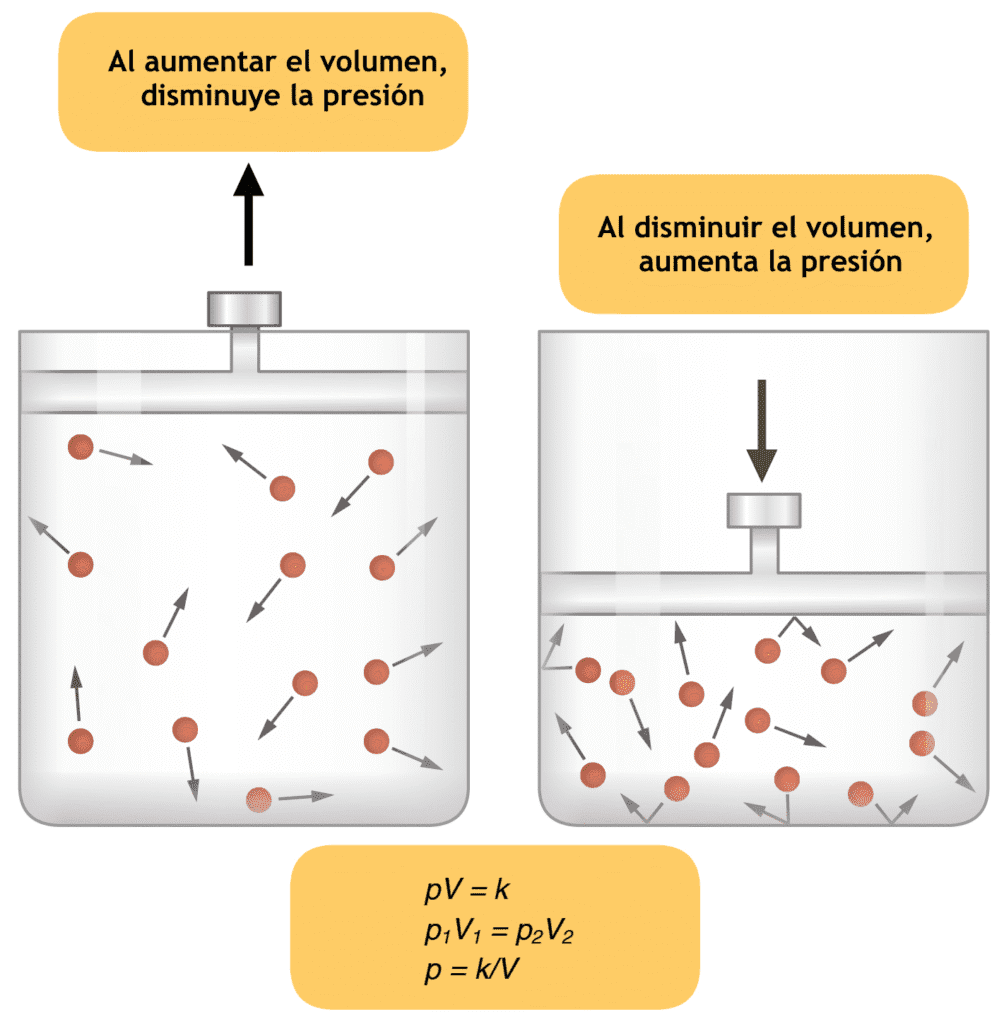Halothane neuromuscular junction effect produces moderate muscle relaxation, it increases the degree and duration of relaxation produced by nondepolarizing muscle relax- ants. The action is at the postjunctional membrane. There is relaxation of the uterine muscle, which is useful in podalic version procedure but may hinder uterine contraction postpartum.
Halothane neuromuscular junction effect may produce significant shivering and muscle spasticity during emergence from anaesthesia, referred to as “halothane shakes”, seen in 80% cases. Because of cutaneous vasodilatation, mild hypothermia may result. Many agents have been used to reduce shivering, namely opiates, magnesium sulphate, clonidine, pethidine and tramadol.
Here is what Miller’s Anesthesia 7th edition says about halothane neuromuscular junction –
Volatile agents such as halothane, isoflurane, and sevoflurane have been shown to inhibit complex I. This direct inhibition of mitochondrial electron transport system enzymes and altered mitochondrial bioenergetics in the heart were thought to be the mechanism of cardiac preconditioning by volatile anesthetics.
Inhaled sevoflurane has been widely used for induction because of its low pungency. In some cases, halothane and isoflurane have also been used.
Isoflurane has been recommended as the agent of choice in patients with Kearns-Sayre syndrome because rhythm disturbances have been reported with halothane in such patients.
In addition, artificial pacing capability is recommended when dealing with this specific subset of patients. With use of the bispectral index, higher sensitivity to volatile agents has been suggested in children with mitochondrial diseases, especially with dysfunction of complex I.
However, its methodology has been criticized. A decreased minimum alveolar concentration of halothane in patients with mental retardation has also been reported.

